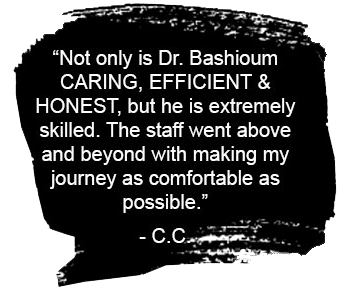Tattoo Popularity: Safety Risk?
April 4th, 2011
At a dinner party this weekend, the conversation turned to the ever-increasing popularity of the tattoo. It seems like many athletes and celebrities sport the ink. The question of safety also came up and I suggested that perhaps the salon of a tattoo artist might not be as clean and sterile as needed to prevent infection or exposure to blood borne diseases. Just because a needle is presented as “sterile” it may not be. According OSHA, transmission of Hepatitis (and other infectious diseases) is possible when poor infection-control practices are used during tattooing or piercing. Body art is becoming increasingly popular in the United States, and unregulated tattooing and piercing are known to occur in some informal or unregulated settings. Getting a tattoo requires that your skin be pierced by a needle and injected with tiny amounts of ink.
Reusing dirty needles is an obvious safety violation, but it’s not good enough to just find out if the artist uses clean needles. When you’re dealing with injections and blood, you need to be aware of other potential hazards.
1) Does the artist wash his or her hands? Though tattoo artists should wear gloves , they also need to wash their hands before putting gloves on and after taking them off. They should only put on fresh pairs.
2) Is the equipment sterilized? Sterilized is different from being clean. By wiping over something with a towel, the instrument will look clean, but it could still be infectious. Sterilization involves applying chemicals or heat, killing bacteria and viruses.
3) Are work surfaces clean? The work area needs to be cleaned and sterilized. A clean tattoo needle can be exposed to germs from the table surface or other equipment.
Tattoo businesses are regulated like hair salons, not like medical facilities. Even though the risk is not great in contracting an infection or blood borne disease, safety is always worth considering, as problems can occur. When styles change, unlike a bad haircut that can grow out, a tattoo is expensive and painful to get rid of.
Facelift: What’s in a Name?
March 15th, 2011
What’s in a name? I find it interesting that new terms used for cosmetic surgery procedures may often gloss over the seriousness of the surgery. The current euphemisms being used for a facelift are prime examples. As a result of this new terminology, I find patients do not want to hear that they need a facelift to correct their jowls or turkey neck. They prefer to hear words like facial rejuvenation, mini-lift, lower facelift, lunch-time lift, short incision facelift, short recovery facelift or better still (my favorite) the non-surgical facelift! A market driven economy has helped to put a happy face on anti-aging procedures, by trivializing this surgery to increase profits.
According to The American Society for Aesthetic Plastic Surgery, there were about 95,000 performed last year. Regardless of the trendy name, surgery is serious business. There is an element of swelling and bruising after facelift surgery, as with most facial procedures. It is difficult to cover or hide during the initial recovery period. For this reason, many patients choose not to be seen while they are recovering from a facelift. In a culture where youthful beauty is celebrated, few of us want to submit eagerly to the effects of aging. Surprisingly some patients are not self-conscience in the least and continue with all their social engagements.
Facelifts are also combined with many other facial procedures (nose surgery, eyelid surgery, facial implants, chemical and laser peels, and forehead lifts). When procedures are added to a facelift, it increases the amount and duration of swelling following surgery. Combining surgeries also increases risk factors. Because of the additional safety concerns, I strongly discourage patients from combining surgeries in my own practice.
